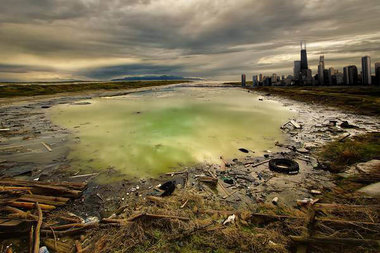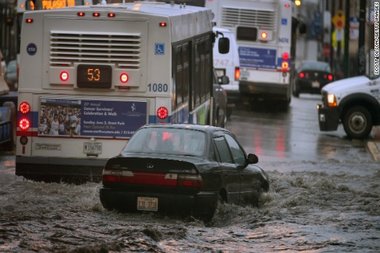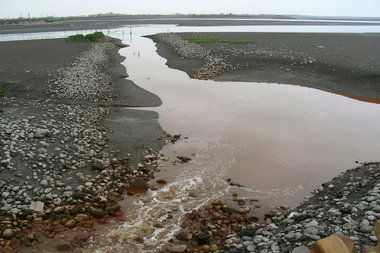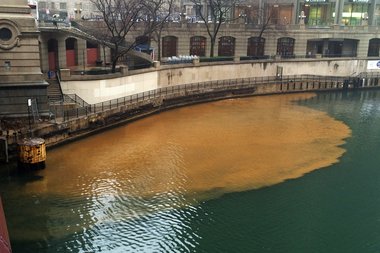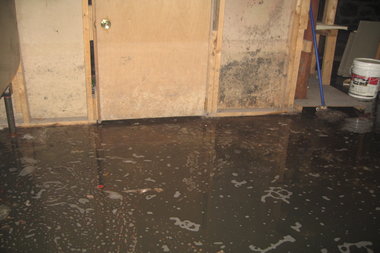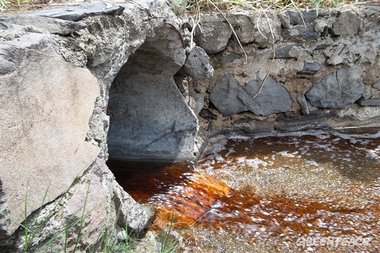Reducing Water Waste
Posted on July 14, 2016
Water Waste in Chicago
Between 2007 and 2010, Chicago dumped nearly 19 billion gallons of untreated sewage mixed with storm water into Lake Michigan.
At the time of the founding of the City of Chicago, the Chicago River was utilized as the main source of fresh drinking water for the city's population. However, after heavy polluting of the river, this water source quickly became unfit for human consumption and remains remarkably contaminated today.
The Chicagoland region possesses one of the highest lead rates in the country. After testing in 2016, nine regions around the Chicago region were found to exceed the Environmental Protection Agency's standard for lead quantity. The testing of these water systems, including those in Berwyn, Forest View, York Township, and more, showed more than 15 parts per billion of lead in the tap water were found.
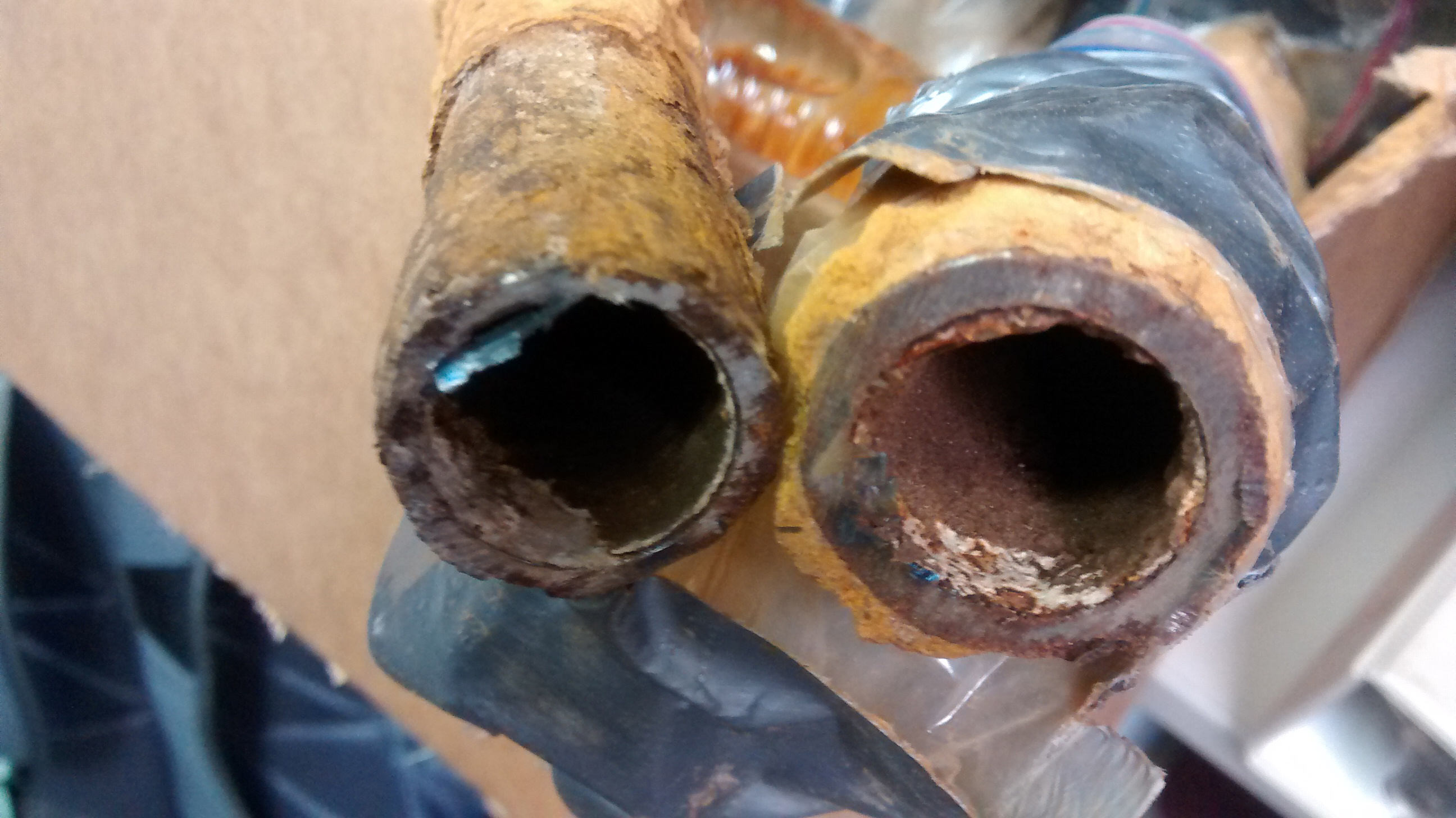
In 2015, the Metropolitan Water Reclamation District revealed high levels of bacteria from human waste at more than a dozen spots throughout the City of Chicago. This organization is a taxpayer funded agency that handles Cook County's sewage and stormwater. The majority of the contamination of the Chicago River and Lake Michigan around Chicago is a direct result of the flooding of the city's sewage system.
Chicago's Sewage System
Even after countless attempts to fix the problem, Chicago remains the poster child for failing sewer systems in the Great Lakes Basin.
Completed in 1866, Chicago's sewage system has been plagued with problems, including flooding following large storms. When heavy rains exist, the resulting stormwater can overwhelm the sewage treatment facilities. The Chicago Sewage System has been experiencing flooding problems since its creation in the nineteenth century. Along with human waste, when it rains, the sewer systems also collect the rainwater.
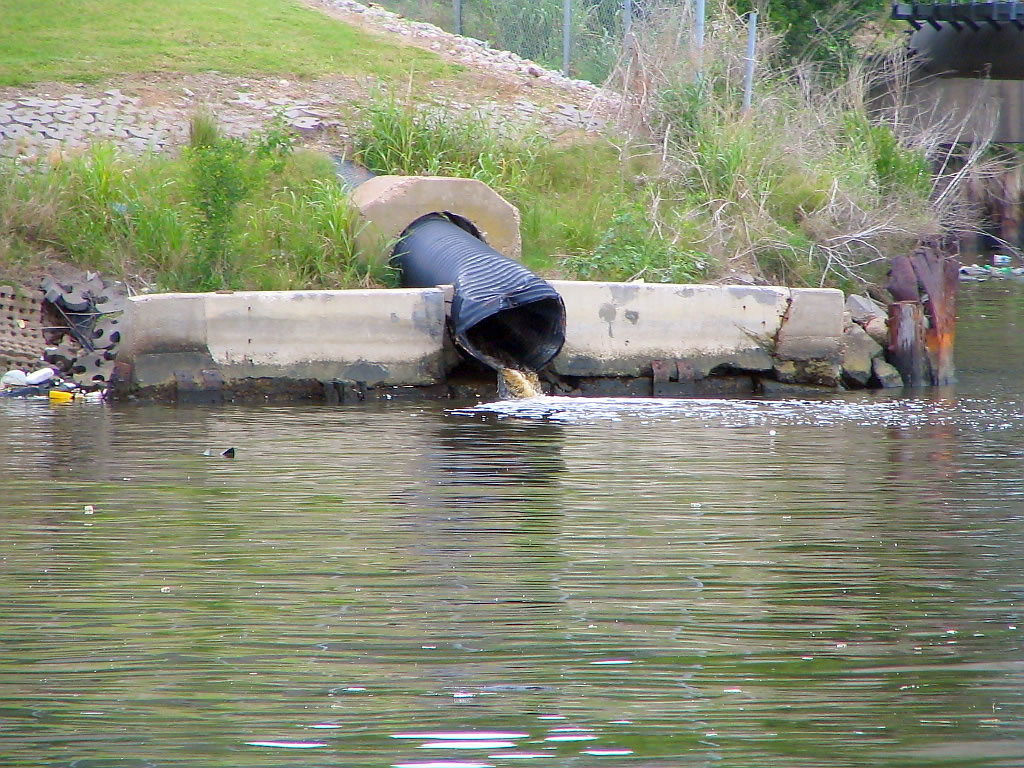
Cities then respond by dumping the bacteria-laden mix of stormwater and untreated sewage into the nearest surface water to prevent the filth from backing up in basements and flooding streets. Consequently, the majority of the pollution in the Chicago River and Lake Michigan result from this waste dumping. Because the City of Chicago receives regular rain, often experiencing large storms, this problem is very prevelent and is likely to persist.
Why has Chicago not solved this long lasting problem with its sewage systems? When Chicago receives rainfall, it most often occurs in heavy amounts rather than slight drizzles. It is difficult for any man-made sewage system to handle these rain events. Furthermore, because this 4,400 mile long sewage system has been in place for over a century, it would be nearly impossible to reinstall a completely new sewage system. So, what can we as individuals do to reduce the waste in our water?
Ways to Reduce Your Waste
You CAN make a difference!
How can an individual person make that much of a difference if Chicago is such a large city? Although tackling the problem of Chicago's sewage system may seem daunting, there are many ways that YOU can help make this city a better place to live. The following are actions that the individual can take to help prevent flooding and waste dumping from the sewage system in Chicago:
- Incourage the collection of rain water. You can collect run-off water in rain barrels, or even large tanks.
- Create a rainwater garden. Rainwater gardens harvest the rain from your roof or gutters to create a water garden or to water the immediate garden area. This is a simple and visually appealing way to prevent flooding.
- Use rain chains instead of traditional downspouts. Rain chains are decorative alternatives to conventional downspouts that guide the rain from your roof, down the chain, and into your garden, watering can, or rain barrel.
- Install gutter systems that do not lead direclty to sewers.
- Ensure that your sewers receive regular inspections and cleanings.
- Recycle to keep trash out of landfills.
- Use reusable materials, such as resusable containers, waterbottle, and recycled materials.


